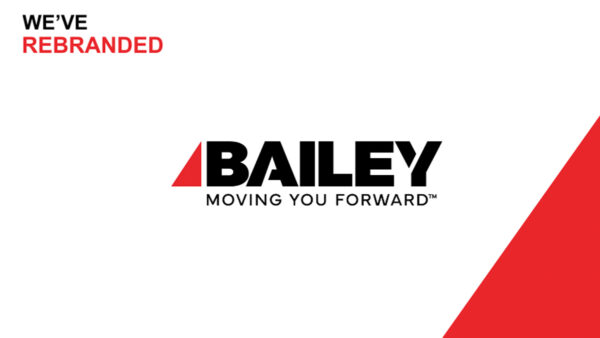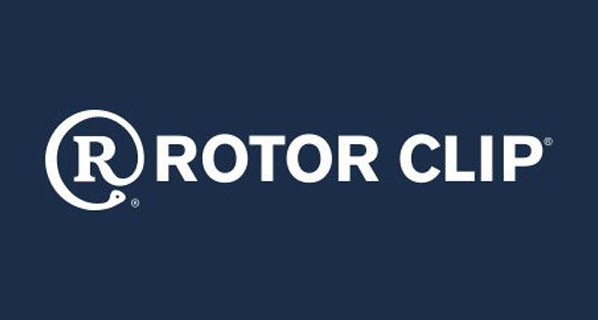Talent Acquisition: Find the Right Employee for the Job

By The Association of Equipment Manufacturers
A lot of employers are wondering how they will find the workers they need for the future. In fact, many are struggling to find the employees they need today. Ironically, part of that struggle is the result of not being selective enough in the recruiting process.
“An employer, particularly a manufacturing company, should build personas of the ideal people they’d like to have work in different areas of their organization,” said Chris Czarnik, founder of Career Research Group – a company that helps organizations find great talent and engage employees. An international speaker and trainer on employee engagement, development, recruitment, and job search, he recently authored the book “Winning the War for Talent: Recruit, Retain and Develop the Talent Your Business Needs to Survive and Thrive.”
A persona is a detailed description of a desired employee, including things like experience, education, attitude, hobbies, and so on. A well-defined persona helps recruiters do a better job of attracting the right job seekers to a given position and company.
Czarnik used the following metaphor to explain why personas are so important in a recent presentation for AEM’s Workforce Solutions Summit.
“There are two ways to go fishing,” Czarnik noted. “First, you can take a big net and drag it across the lake. You might haul in 10,000 fish, but then you have to sit along the shore sorting through them all, tossing back the ones you don’t want. If you were after trout, you might end up with 50 trout. This is the traditional way employers have gone about hiring.”
The other approach is to only go fishing for trout. You predefine some behaviors and characteristics specific to trout. Doing so helps you refine where and when to go fishing, the type of lure you use, and so on.
“When you put all of that knowledge in place, you’ll catch far less fish overall – but you’ll know that the fish you do catch are exactly what you’re looking for,” Czarnik said.
When fishing for employees, the creation of personas will help a manufacturer figure out where and when to advertise, and what the advertising should say. It’s not unlike building customer personas that help sales and marketing teams sell a product.
“The things you’re doing to identify and capture your next customer are the same things you can do to get your next employee,” Czarnik pointed out.
In fact, one of the best things a manufacturing company can do is bring some of its sales and marketing experts into the HR recruiting effort to help get the process started.
Recognizing generational differences
First of all, marketing-driven employee recruiters should think about some basic demographic information – starting with age. With so many Baby Boomers set to retire over the next decade, a gaping hole will open up in the workforce. Employers will need to look to a diverse, multigenerational workforce more than ever before.
In order to capitalize, employers should think about advertising the right types of messages based on what each generation values most:
- Baby Boomers (mid-50s and older) – security
- Generation X (40s and early-50s) – significance
- Millennials (mid-20s and 30s) – freedom
- Generation Z (early-20s and younger) – purpose
With Baby Boomers, a manufacturing company could talk about its reputation for being a great place to work and retire from. It could also help to highlight a track record of growth, job stability, and long-tenured employees.
With Generation X, a company can talk about how it is not just looking for warm bodies to fill positions; the company is looking for the right people to help the company excel.
Millennials value freedom, although Czarnik said it is not the kind of freedom they’re often stereotyped to desire.
“Millennials are often maligned as not wanting to work hard or come to work every day,” Czarnik said. “That’s all garbage. Millennials want freedom, but not physical freedom. Millennials want the freedom to solve problems creatively. A manufacturer can market the fact that it is looking for talented people to help solve complex problems. If you want to attract Millennials, you can’t just say, ‘Come here, push the plow, punch the clock, and go home.’”
Generation Z is society’s young generation, but the eldest are now in their early-20s and entering the workforce. Czarnik said this is the least selfish generation. They want to play a role in helping make others’ lives easier. Thus, a manufacturer can talk about how the specific position being filled is a critical part of a broader mission. It can also be helpful for a manufacturer to communicate how its products make others’ lives easier and how the company as a whole makes a positive impact on society.
Targeting personality types, hobbies and habits
In addition to generation, other factors should also be considered when developing employee personas, such as:
- Education and experience
- Personality
- Hobbies
- Current job
- Flux that makes them open to change
According to the personality assessment website 16personalities.com, there are 16 unique personality types. Determining which types are best suited for your company and the different positions within your company is an important step in building out personas.
Here is a look at the 16 common personality types, which are broken into four distinct categories.
Analysts
Architect – good planners who are imaginative and strategic
Logician – inventors who crave knowledge
Commander – bold leaders who are imaginative and strong-willed
Debater – crave intellectual challenges
Diplomats
Advocate – idealists who are somewhat quiet yet inspiring
Mediator – kindhearted who like to help the cause
Protagonist – charismatic and inspiring
Campaigner – enthusiastic, creative, and sociable
Sentinels
Logistician – practical and reliable, driven by facts
Defender – dedicated and eager to defend those close to them
Executive – organized managers and administrators
Consul – caring and social, like to help
Explorers
Virtuoso – bold experimenters, masters of tools to solve problems
Adventurer – flexible and charming, like to explore
Entrepreneur – smart, energetic, and perceptive, like to live on edge
Entertainer – spontaneous, enthusiastic, and energetic
Think about the various roles within your company. Which personality types are best suited for those different roles?
“Interview your best employees to find out,” Czarnik advised. “Ask them to take a personality test to identify the type of personality they are. Then you can do some homework, such as searching online for ‘favorite hobbies for INTP personalities’ (which falls into the Logician category described above). Then you can start speaking in the language of those hobbies – and advertise in the places where those hobbies exist.”
For example, let’s say you determine that INTP is the ideal personality type you’re looking to find. INTP personalities are more introverted and analytical. Common hobbies include fixing cars and other mechanical-related projects. If you want to reach these people, it might make sense to advertise at hardware stores and auto-parts stores.
“This is an especially effective tactic for hourly employees,” Czarnik added.
With salaried employees, it is effective to focus on the extracurricular activities of their children, as well as how they spend their volunteer time. Those will be the venues where you’ll likely want to advertise.
In addition to targeting personality types and hobbies, employers can identify the typical life events that cause a person to change jobs.
For instance, if the persona you are trying to hire is an 18- to 24-year-old with a high school education, identify life events that prompt them to seek an upgrade in employment. The birth of a child is a good example. As a manufacturing company, you could establish a relationship with local hospitals. You could place advertising in the hallways and waiting rooms of maternity wards. The messaging would focus on building a great career while you build a great family.
“It can be very effective to advertise ‘no experience preferred,’” Czarnik added.
Saying “no experience required” leaves the impression that you’d really like some experience but are willing to settle if you have no choice. By using the word “preferred,” you are more likely to attract applicants who are underemployed and ambitious, as opposed to unemployed and not at all what you are looking for.
Winning the war for talent
The strategies outlined thus far can help manufacturing companies begin reeling in the right type of fish when hiring. There are a few other tips and tricks to keep in mind.
One mistake employers often make is giving away everything about pay and benefits in the initial job description. That initial job description should be solely about zeroing in on the specific fish you are looking for – and getting them excited about the opportunity to work for your company.
“The job ad is not just about answering an applicant’s questions,” Czarnik pointed out. “The job ad should create questions the potential applicant can only answer by calling you.” In a sense, the job ad is the lure you use to go fishing.
Keep in mind that well-constructed and well-placed job ads could attract skilled people from other occupations. That can be a good thing if they fit the persona you are seeking.






